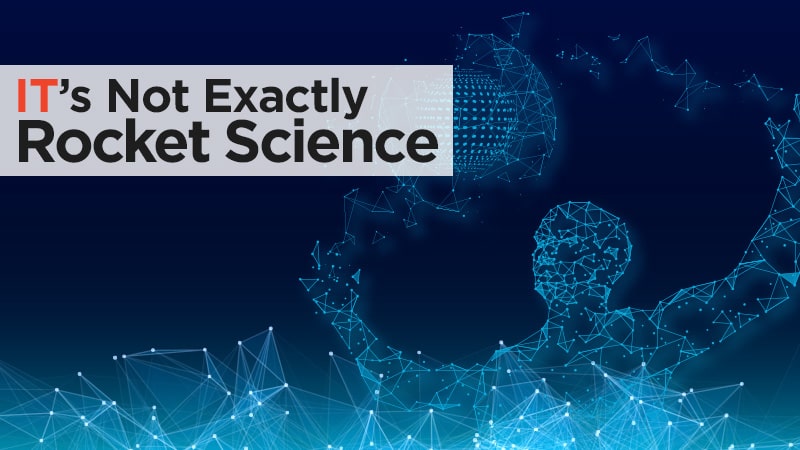The Next Computing Wave: Ultra Powerful, Ultra Accelerated, Ultra Connected

Never, in human history, have we seen this much technological change in such a short period of time. As technology grows more powerful, every facet of society has raced to adapt. It is exciting (and perhaps a bit daunting) that approaching advancements will probably hit faster, and may be even more dramatic, than changes that came before. More specifically, several emerging technologies – Bluetooth 5, 5G, WiFi 6, and quantum computing – are poised to profoundly change our lives. They are all wireless technologies, so our wearable and carryable devices will generate and process more data much faster and help us navigate our paths more effectively than before.
While it’s still early in deployment, 5G will deliver unprecedented wireless access speeds. Case in point: It will take less than four seconds on a 5G network to download a two-hour movie, while it takes five or six minutes on a 4G network today. With that much speed and power at our fingertips, it’s difficult to fully anticipate how we will use it, but its impact will be striking, and it will undoubtedly play a critical role in emerging businesses and applications, like self-driving cars, augmented reality, or the Internet of Things (IoT).
Another breakthrough technology in the wireless arena is WiFi 6 (or 802.11ax). It’s coming soon, and it’s built for IoT. It will connect many, many more people to mobile devices, household appliances, or public utilities, such as the power grid and traffic lights. The transfer rates with WiFi 6 are expected to improve anywhere from four times to 10 times current speeds, with a lower power draw, i.e. while using less electricity. The benefits may not be explosive as 5G, but its impact will be consequential.
In the hardware space, quantum computers could revolutionize everything from encryption to medicine. It’s hard to remember a time in recent history when quantum computing wasn’t considered a distant dream. After decades of research, though, we may finally see actual benefits of quantum computing. It won’t happen tomorrow – in fact, it could still be a few years off – but when it hits, it will fundamentally change how we use technology, possibly spawning new industries we couldn’t even conceive of in the 20th century. And… we’re actually testing it now, several years before we thought we could use of it.
One key thing to note about this new technological terrain – it wouldn’t be possible without the cloud. The network revolution mentioned above is (simply put) built to handle the supernova explosion of Internet of Things (IoT) devices. These devices (aka sensors) are going to create and store massive amounts of data into the cloud – all the time. The flexibility of the cloud allows service providers and developers at home and in enterprises to modify applications in near-real time. In fact, almost all AI-based applications or machine learning programs will be built in the cloud, including the wireless apps used in retail, manufacturing, transportation, and more. Two key accelerator techniques are serverless computing and edge computing. We will cover these topics in depth in a future communication.
At NASA JPL, we expect the new wave of computing technologies to have a materially positive effect on our work. Here are but a few examples: Use of GPUs have sped processing up to 30 times faster. We use machine learning to create soil moisture data models, which is key for crop forecasts. Deep learning helps us detect spacecraft anomalies. AI has proven effective in use cases as diverse as from defending the network from attacks to finding interesting rocks on Mars. IoT helps us measure particles in clean rooms, improve safety, reduce energy usage, control conference rooms, and much more. The cloud reduces the cost – but increases the speed – of experimentation, encourages innovation, and provides the flexibility that allows us to pivot when we fail. We are accelerating the speed of processing by “using high performance computing and specialized ultra-efficient processors such as GPUs, TPUs, FPGAs, quantum computers, and more, all in the cloud. This increased pace of innovation is necessary as the future is barreling at us at interstellar speed, but as we have our work firmly planted in the cloud, we are eagerly looking forward to it.

Tom Soderstrom is the IT Chief Technology and Innovation Officer at the Jet Propulsion Laboratory (JPL). He leads a collaborative, practical, and hands-on approach with JPL and industry to investigate and rapidly infuse emerging IT technology trends that are relevant to JPL, NASA, and enterprises.
